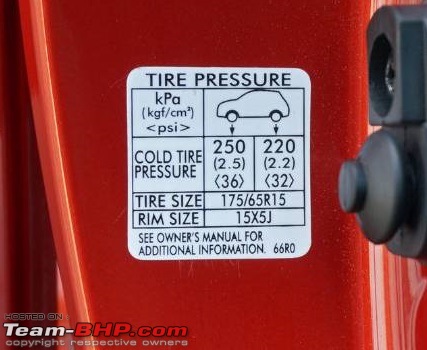| | #16 |
| Senior - BHPian | |
| |
| |
| | #17 |
| Senior - BHPian Join Date: Feb 2006 Location: Mumbai
Posts: 2,752
Thanked: 5,428 Times
| |
| |  (1)
Thanks (1)
Thanks
|
| | #18 |
| Distinguished - BHPian  | |
| |  (2)
Thanks (2)
Thanks
|
| | #19 |
| BHPian Join Date: Mar 2013 Location: KL - 7 / GOT
Posts: 283
Thanked: 408 Times
| |
| |
| | #20 |
| BHPian Join Date: Jun 2005 Location: ERNAKULAM
Posts: 962
Thanked: 385 Times
| |
| |  (6)
Thanks (6)
Thanks
|
| | #21 |
| BHPian Join Date: May 2006 Location: Bangalore
Posts: 577
Thanked: 155 Times
| |
| |  (1)
Thanks (1)
Thanks
|
| | #22 |
| BHPian Join Date: Jul 2007 Location: New Delhi
Posts: 314
Thanked: 6 Times
| |
| |  (3)
Thanks (3)
Thanks
|
| | #23 |
| BHPian Join Date: Jul 2015 Location: Ludhiana/Pune
Posts: 50
Thanked: 103 Times
| |
| |
| | #24 |
| Senior - BHPian Join Date: Jul 2009 Location: Pune
Posts: 2,677
Thanked: 1,786 Times
| |
| |
| | #25 |
| Senior - BHPian | |
| |
| | #26 |
| BHPian Join Date: Sep 2015 Location: Noida
Posts: 126
Thanked: 59 Times
| |
| |
| |
| | #27 |
| BHPian Join Date: Aug 2020 Location: Hyderabad
Posts: 125
Thanked: 312 Times
| |
| |
 |
Most Viewed






